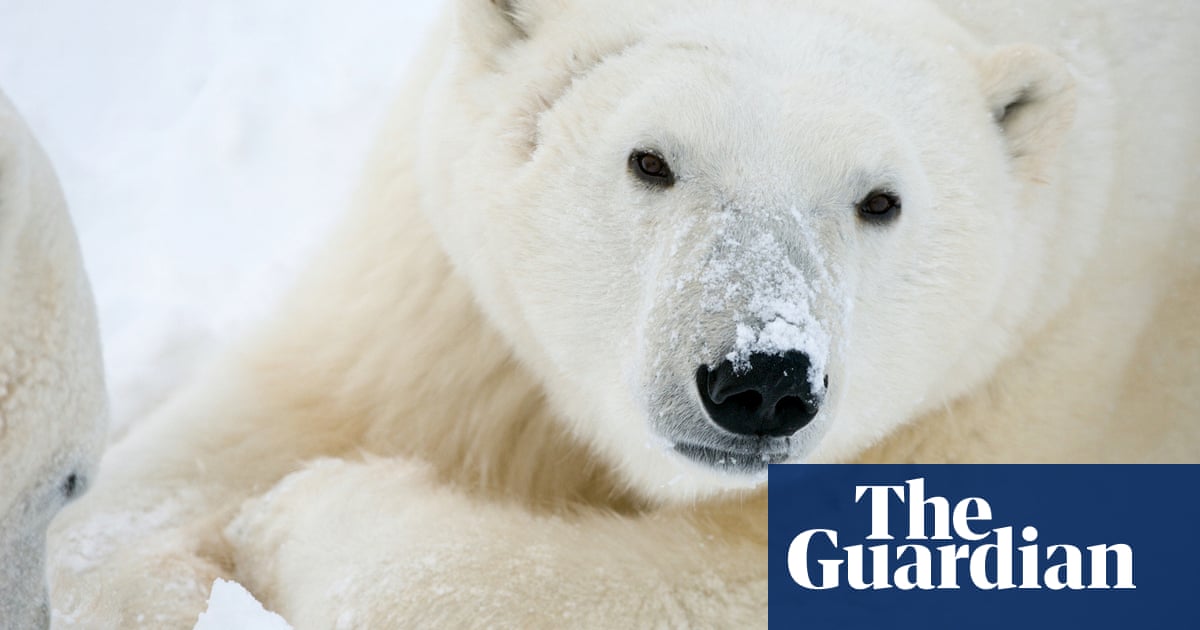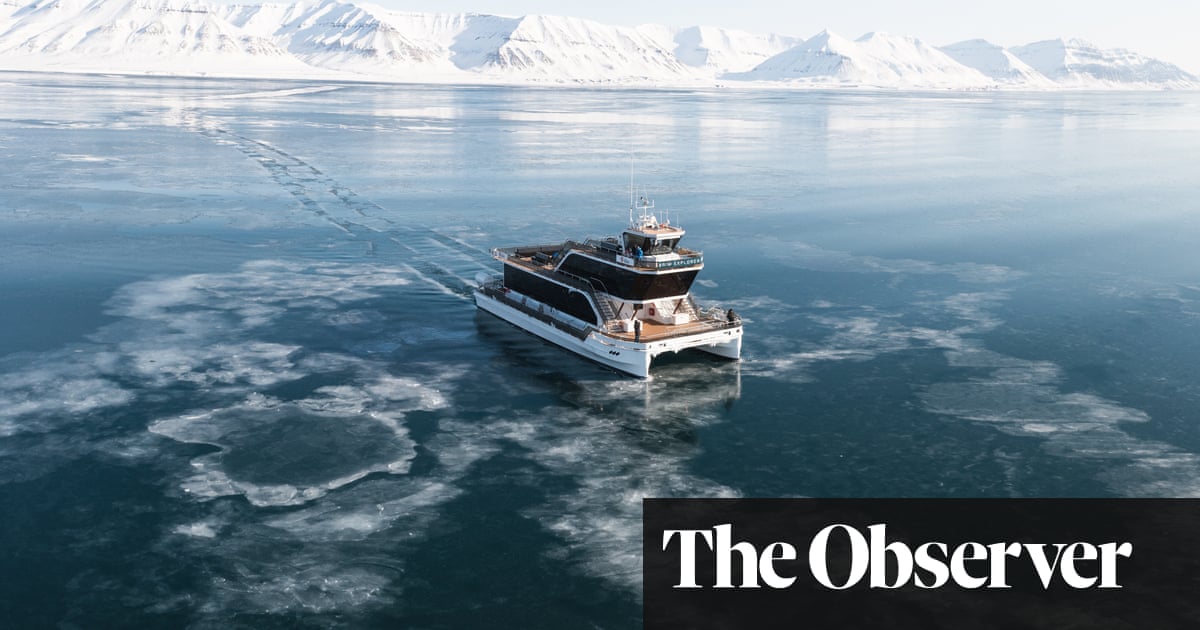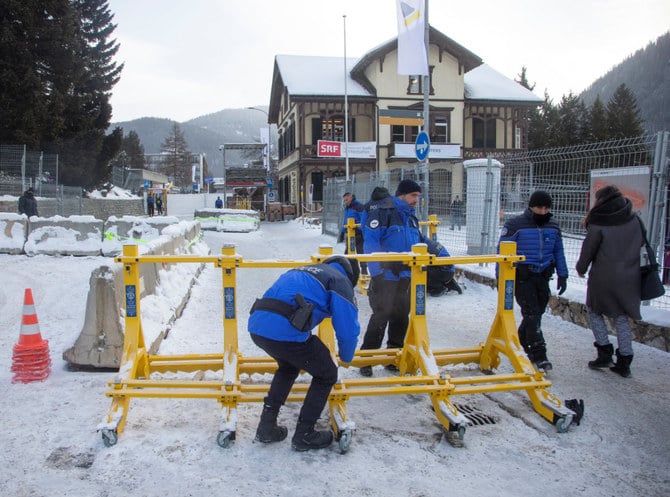
“It’s pretty easy to know when there’s a bear in your community – you hear the shots going off,” says Churchill’s mayor, Mike Spence. “That’s the conservationists’ patrols – they use a 12-gauge shotgun with a noise-banger cartridge on it as a deterrent. The sound also means our people know there’s a bear in the community.”
The town of Churchill, on the west shore of Hudson Bay in the far north of Manitoba, Canada, is known as the polar bear capital of the world. The fact that “bangers” – rather than live rounds – are being used here marks a significant shift in attitudes. “Back in the early 1970s, people would shoot a bear,” says Spence. “Now people use a shotgun to move the bear out of the community.”
Spence, from the Indigenous Cree, helped set up the town’s polar bear smart working group in 2019, and invited the nonprofit Polar Bear International (PBI) to help Churchill with coexistence strategies. “We’ve had a busy summer,” he says. “Any time the bears come off the ice, around July and August, there are bears coming through. We had 50 to 100 calls from August to October.”
The climate crisis is shifting polar bear behaviour: reducing the amount of sea ice they rely on for hunting, driving the animals further onshore for longer, and bringing them closer to people.
At the start of 2023, a 24-year-old woman and her young son were killed by a polar bear on their way to a health clinic in the remote village of Wales in western Alaska.
“Polar bear attacks on people are very rare,” says Geoff York, senior director of conservation with PBI, who is leading its coexistence initiatives. “Attacks that result in death are very rare. We want to keep it that way.”
Still, he says, “the changes we’re seeing in the Arctic are happening rapidly, and more quickly than anticipated in early climate models”. Those shifts are making the drive to find new coexistence strategies more urgent, he says.
‘We need training not to kill bears’
“When I was young, when a bear was sighted, it took off from a long distance,” says Sam Hunter from the Cree community at Peawanuck. “These days polar bears have changed their behaviour – they’re no longer scared of people.”
Hunter is part of PBI’s Wapusk Project (named after the Cree word for “polar bear”) involving Cree communities in Peawanuck, Moosonee and Fort Severn, Ontario, three of Canada’s most isolated communities. At community meetings, local people were concerned about bears damaging cabins – and attempting to enter them while people were inside.
“Many people don’t understand bears, and this causes bears to be put down. People see them as a threat,” Hunter says. “Dogs and shotguns are still the best deterrent, but that knowledge needs to be shared with everyone. We need more training not to kill bears. We also need equipment.”
From ‘bear-dar’ to ‘burrs on fur’
Innovative technologies are being developed to help people and bears coexist across the Arctic. York and his team are putting the final touches to an AI early-warning radar system, or “Bear-dar”, which has been five years in the making. “Most of these systems were designed to detect humans or military objects on the landscape, so our use of this is very novel,” he says.
“In Manitoba, where we’ve been testing, it can get confused between animals. It was only identifying 50% to 60% of bears as bears in our last tests. We’d like to see that at 70% to 90% success rate for identification of bears, not a wolf or caribou.”
The organisation has also been helping develop “Burr on fur” satellite-tracking devices that attach to bears’ fur – useful for tracking bears to check they’re not coming back into communities. Soon, it hopes to start testing deterrents used for brown and black bears, and other species, “to see what’s suitable for polar bears,” York tells me. “There will probably be some novel ideas in there, such as sounds, strobe lights, scents, ‘unwelcome’ mats [electrified door mats] and Tasers.”
A project has also begun to research “things used for human crowd control, but adapted for bears, like rubber batons, bean bags … to understand how they can be safely used”.
In Churchill, boots on the ground have also helped, says Spence. “Radar can’t always catch all the bears coming through. Patrols are the most effective.”
The town is also currently exploring a strategy far less glamorous than AI Bear-dar, but which has proved highly effective in reducing polar bear encounters in Svalbard, Norway: waste management. “Landfills for communities’ waste are a significant attractant for polar bears, with the smell of discarded food and other items,” York says. “In some communities, they’ve had issues with black bears coming into landfills, and now they’re getting polar bears.”
Polar bears are listed as vulnerable by the International Union for Conservation of Nature and are a threatened species under the US Endangered Species Act. An estimated 16,000 to 26,000 polar bears are left on the planet, and – while the stability of their populations varies in different areas – some have experienced dramatic drops, including a decline of 40% of the southern Beaufort Sea population between 2001 and 2010. Avoiding fatalities of both bears and people is vital.
“If we do nothing on climate change, we’ll continue to lose bears across their range,” says York. “But these coexistence strategies are critical, and would still be critical even if we do turn things around on climate.
“If we can limit the number of bears lost in conflict and if we can get the buy-in from people who live in polar bear country to feel safe and be in favour conserving polar bears, that’s a big help.”












